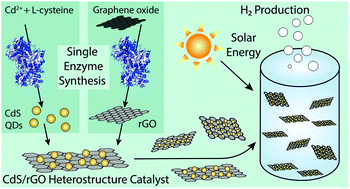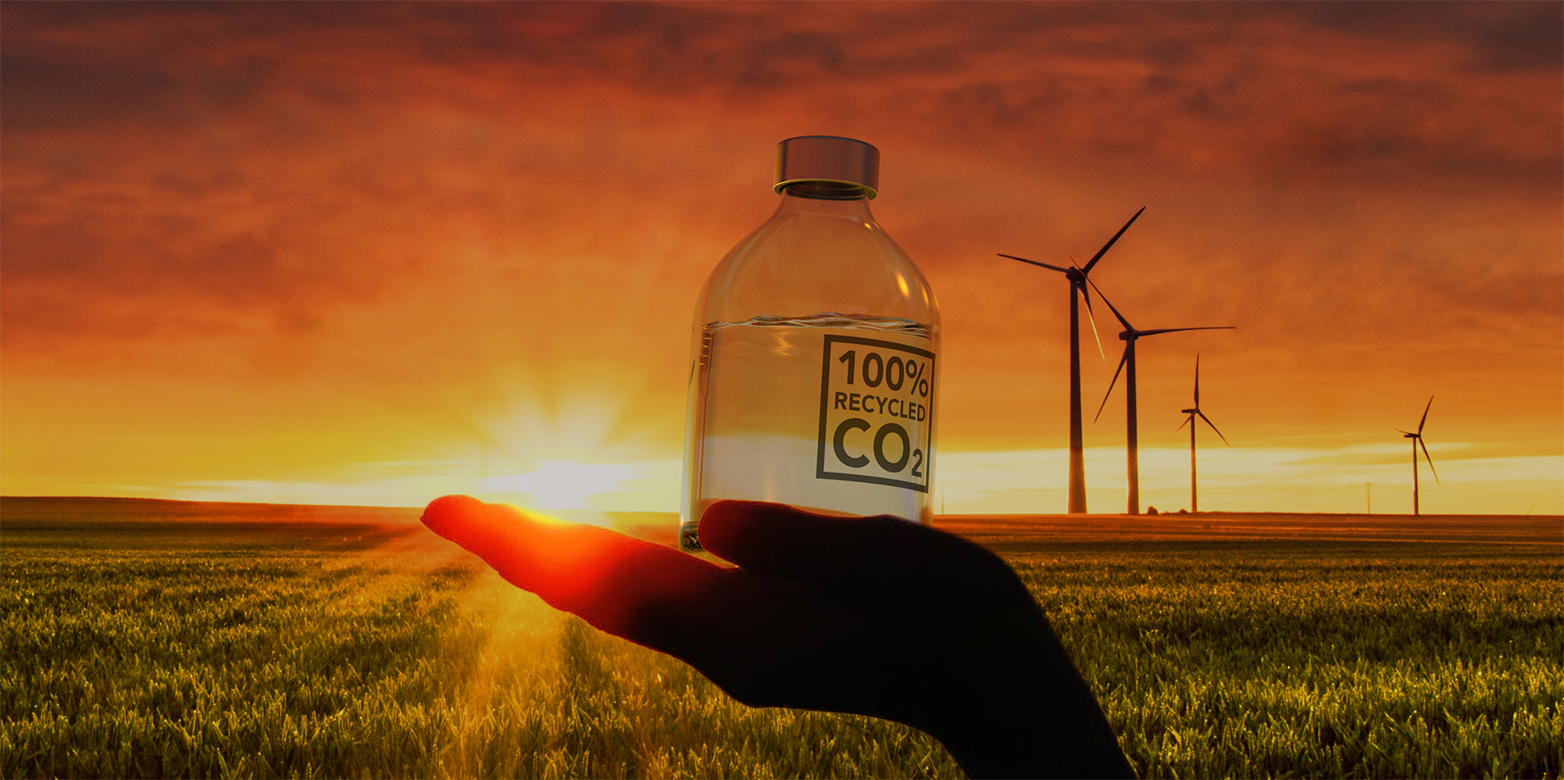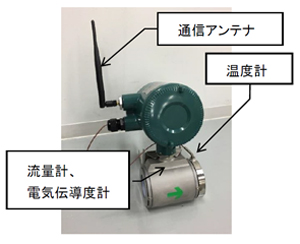(A promising new solar-powered path to hydrogen fuel production)
2019/8/1 アメリカ合衆国・リーハイ大学
・ リーハイ大学が、太陽光による水分解で水素を生成する、CdS(硫化カドミウム)量子ドット/還元型酸化グラフェン光触媒を合成する環境に優しいプロセスを開発。
・ 室温・大気下で同光触媒を合成できる同プロセスは、持続可能性やスケーラビリティーに関する従来の課題を克服。太陽光による水分解で得られる水素は、輸送用燃料、肥料用化学工業原料や化学製品製造に利用できる。これらの産業部門は、現在温暖化ガスの主要な排出源となっている。
・ 太陽光によるエネルギー生成の実現における課題の一つは、環境負荷の高い溶媒と多量なエネルギーの使用。これらの要因により、長期的なソリューションとしての実施が不可能となっている。
・ 同合成プロセスは、シスタチオンγ-リアーゼ(CSE)酵素による生体鉱物形成作用(biomineralization:生物による無機化合物の形成)を応用し、水溶液ベースのプロセスを通じたスケーラブルでグリーンな光触媒技術を実現。
・ 同大学は、過去にバクテリアを使用した量子ドットのワンステップ製造方法を開発している。同製造方法は、高温度や有毒な化学物質を使用せずに、シンプルな水溶液で機能性半導体ナノ粒子を作製できる。
・ 今回の光触媒ナノ材料の生体鉱物形成作用による合成では、エネルギーアプリケーションに最適な粒子サイズと結晶化度等の材料特性の制御が重要な課題。CdS ナノ粒子の合成に加え、酸化グラフェンを還元してより高導電性の還元型酸化グラフェンを形成。還元型酸化グラフェンが CdS ナノ粒子を担持する、より効率的な光触媒を作製した。
・ 産業界による同新合成プロセスのスケールアップや、同プロセスのコンセプトを利用した技術重要度の高い他の材料の作製も可能であると考える。
・ 同研究は、米国立科学財団(NSF)が支援した。
URL: https://engineering.lehigh.edu/news/article/promising-new-solar-powered-path-hydrogenfuel-production
(関連情報)
Green Chemistry 掲載論文(アブストラクトのみ:全文は有料)
Enzymatic synthesis of supported CdS quantum dot/reduced graphene oxide photocatalysts
URL: https://pubs.rsc.org/en/content/articlelanding/2019/gc/c9gc00097f#!divAbstract
<NEDO海外技術情報より>
Abstract
Photocatalysis is an attractive, sustainable, and potentially low-cost route to capture solar energy as fuel. However, current photocatalytic materials synthesis routes are not easily scaled-up to the magnitude required to impact our energy consumption due to both economic and environmental concerns. While the elements utilized are often earth abundant, typical synthetic routes utilize organic solvents at elevated temperatures with relatively expensive precursors. Herein, we demonstrate the fully biomineralized synthesis of a quantum confined CdS/reduced graphene oxide (CdS/rGO) photocatalyst catalyzed by the single enzyme cystathionine γ-lyase (CSE). The synthesis is performed at pH 9 in a buffered aqueous solution, under ambient conditions, and utilizes the low-cost precursors Cd acetate, L-cysteine, graphene oxide, and a poly-L-lysine linker molecule. CSE actively decomposes L-cysteine to generate reactive HS− in aqueous solution at pH 9. Careful selection and control of the synthesis conditions enable both reduction of graphene oxide to rGO, and control over the mean CdS nanocrystal size. The CdS is conjugated to the rGO via a poly-L-lysine crosslinker molecule introduced during rGO formation. The completed CdS/rGO photocatalyst is capable of producing H2, without the aid of a noble metal co-catalyst, at a rate of 550 μmol h−1 g−1 for an optimized CdS/rGO ratio. This rate is double that measured for unsupported CdS and is comparable to CdS/rGO photocatalysts produced using more typical chemical synthesis routes. Single enzyme biomineralization by CSE can produce a range of metal chalcogenides without altering the enzyme or benign approach, making this an easily adaptable procedure for the sustainable production of a wide variety of important photocatalyst systems.




